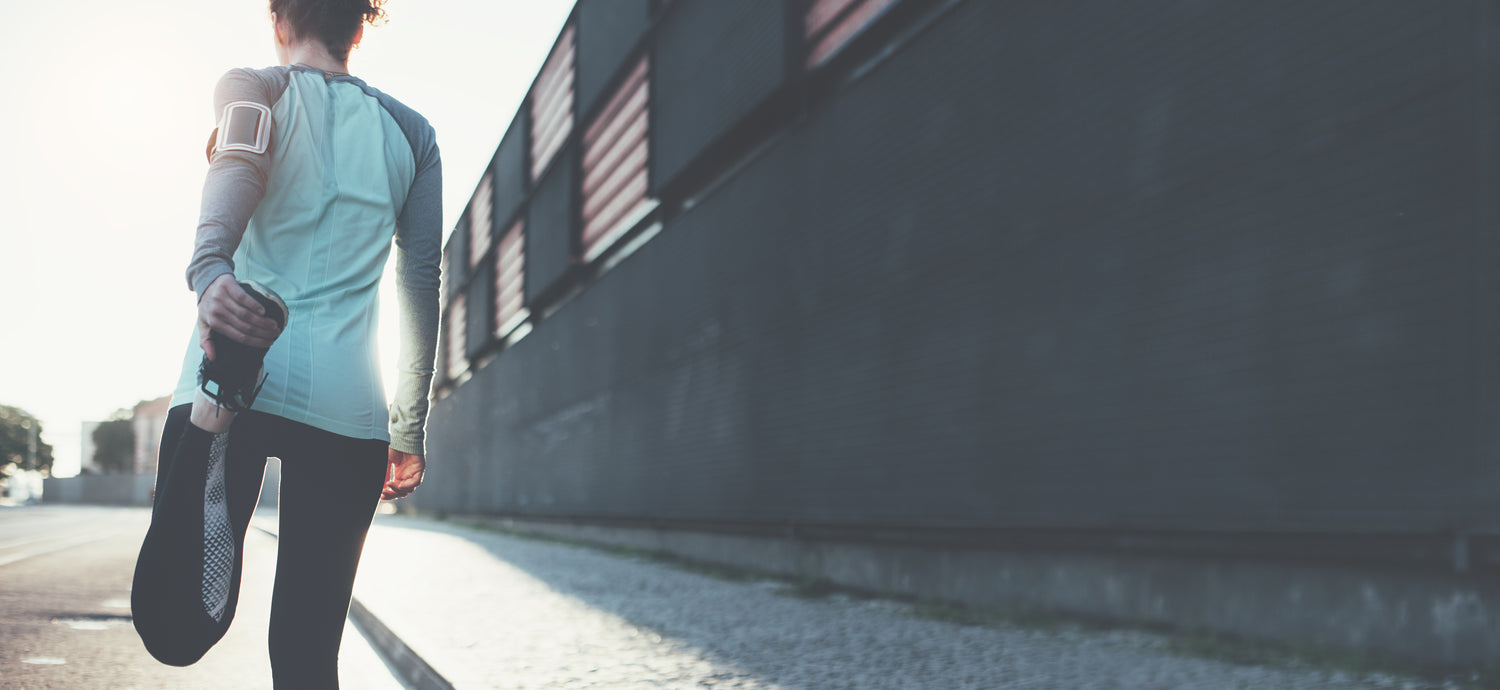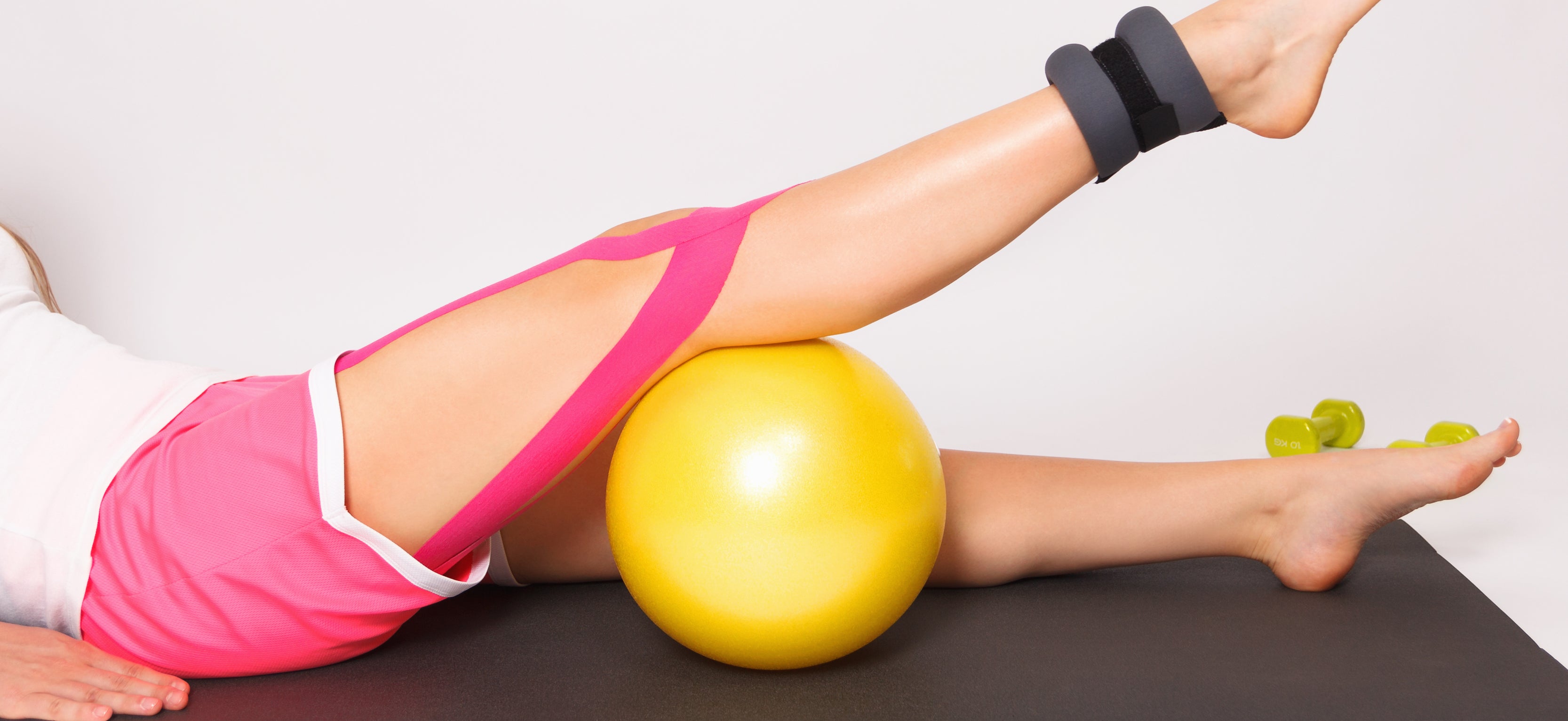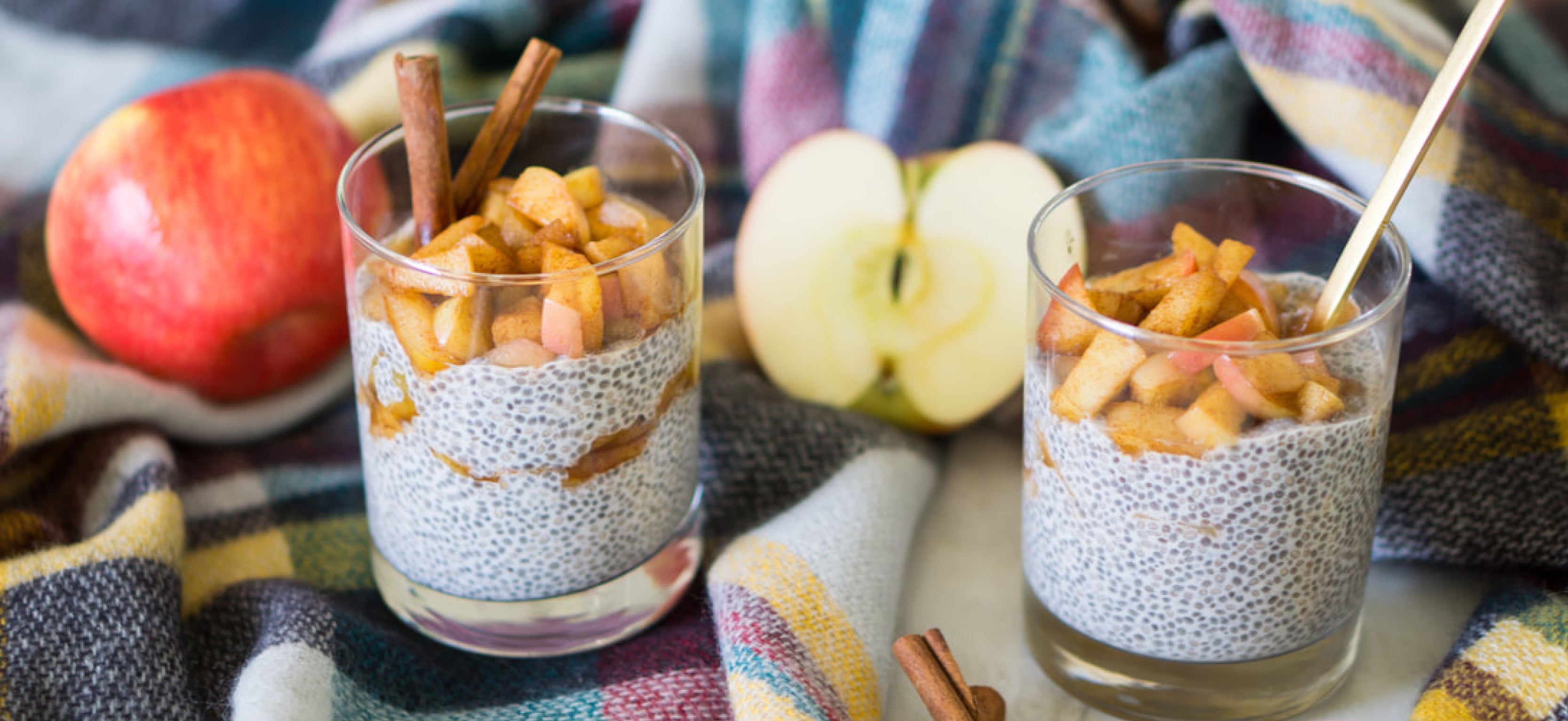One of the biggest hindrances to peak performance is muscle tightness. Muscle tightness is defined as “The state of activity or tension of a muscle beyond that related to its physical properties, that is, it's active resistance to stretch.”
Muscle tightness can be a problem for both active and sedentary individuals alike. This tightness can cause the surrounding muscles to work harder in an attempt to compensate for their limitations. Here are just a few examples of how tight muscles affect the body:
Hip flexors: Tight hip flexors have been linked to the following health issues:- Poor posture
- Digestive issues
- Circulatory issues
- Lack of explosiveness in sports
- Walking with discomfort
- Lower back pain
Neck flexors: Individuals who sit for extended periods of time and do the same repetitive movements (such as writing or typing) could have tight neck extensors. This can cause their neck flexors to become loose, leading to muscle imbalances.
Upper back: Individuals who spend long hours slumped in front of a computer increase the risk of having a forward shoulder posture: as the head tilts forward, the chin is lifted slightly to see. This can lead to tight pectoral, shoulder and upper back muscles.
Calves: Women who wear high heels may have tight calves. This can lead to foot, heel and ankle problems such as fallen arches and plantar fasciitis.
Piriformis: Tight piriformis muscles occur more often in men than women. These hip muscles become tight due to men sitting with their legs open. Tight piriformis muscles can lead to knee problems or sciatica, which is a shooting pain that travels down from the glutes to the back of the legs.
Many people don’t associate these health issues with muscles tightness. Instead, their first instinct may be to take medication to alleviate the discomfort. While this may help short term, it does not get to the root cause of their issue. Working on the muscles is key to long term relief.
Muscle Tightness: Why it Occurs
One of the biggest causes of muscle tightness is the sedentary lifestyle. The average person today works indoors, sitting in front of a computer for eight hours or more. If they aren’t working, they’re sitting in front of the television or playing video games. To make matters worse, many are slouching, which puts extra pressure on joints and muscles in the shoulders, neck and lower back. This increases the likelihood of having muscle tightness.
The human body was made to move, not sit for extended periods of time. In addition to muscle tightness, excess sitting can cause the affected muscles to become shorter.
Alleviating Muscle Tightness
As illustrated above, muscle tightness can drastically affect a person’s quality of life. Here are a few ways to alleviate muscle tightness naturally:
Heat. Heat to affected areas can improve blood circulation. It can also relieve pain, relax tense muscles, decrease muscle spasms and increase range of motion. Applying our BodyICE recovery pack, (fill hot tap water) works great for heat therapy.
Cold: While heat improves blood circulation, cold slows it down. Cold is often used to reduce inflammation that’s caused by injury. Cold is normally applied within the first 24 to 72 hours of an injury, with heat applied thereafter. Our BodyICE recovery pack (filled with ice) is also great for cold therapy treatment.
Massage therapy: Massage therapy can be used to alleviate muscle tightness in a variety of areas, including the lower back, shoulders, neck and calves. These benefits can be obtained by visiting a massage therapist or via self-massage.
Stretching: Stretches are a great way to gently loosen tight muscles. Here are a few simple, but effective stretches:
Lower back: Loosening tight hamstrings can help relieve lower back tension.
Hamstring Stretch:
- Sit on floor with legs straight
- Tuck chin and slowly lean forward, bending at the waist
- Extend both arms towards feet
- Hold position for 15 seconds
- Slowly return to starting position
- Repeat 2-3x
Hip Flexors: Sitting all day can aggravate the hip flexors, making them tight.
Butterfly Stretch:
- Sit on floor
- Spread Knees apart, allowing the bottoms of feet to touch each other
- Slowly lower knees out and away from body towards floor
- Hold for 15-20 seconds, then slowly bring knees up to starting position
- Repeat
Upper Body: Slouching and poor posture can play a role in upper body tightness. The following exercises can help relax and loosen tight muscles.
Neck rolls:
- Tilt head to the right and slowly roll chin down to chest
- Slowly roll head to the left
- Reverse and roll slowly back to the right
- Repeat 5 times
Note: Do not roll head backwards. This can put pressure on the spine.
Shoulder Rolls:
- Relax shoulders
- Slowly roll shoulders up to ears
- Roll shoulders backwards and down, returning to starting position
- Repeat 10 times
- Reverse, with shoulders rolled forward towards chest
Note: Keep movement slow and fluid
Shoulder Rotations: (Goal Post)
- Stand with back on wall
- Bring arms up to shoulder height, with palms facing down towards ground
- Allow the triceps to touch wall behind you
- Keeping triceps on wall, slowly raise left arm forearm upward to ceiling
- Simultaneously lower right forearm to ground
- Slowly lower left forearm to ground
- Simultaneously raise right arm to ceiling
- Repeat 10 times
Calf muscles: Tight calf muscles can make both walking and running difficult. They can also start a chain reaction, leading to a myriad of health issues in other parts of the body.
Gastrocnemius stretch:
- Stand facing wall
- Bring left foot forward, with hands pressed against wall
- Bend left knee and lean forward, keeping the back (right) leg straight
- Gently press right heel down towards ground, feeling a gentle stretch
- Hold stretch for 20 seconds and release
- Bring right foot forward and left knee behind and repeat
Tight muscles could have a direct impact on a person’s quality of life. Many health issues such as lower back pain and even headaches could be the result of muscles becoming tight over time. By making an effort to relax these muscles, a person could see other seemingly unrelated issues lessen in severity or disappear altogether. Start performing some of these key exercises to loosen tight muscles today.
Your body will thank you!





1 comment
Cate
Thank you for the tips! There are so many aspects I can relate to. I am a regular exerciser and one of the things I have noticed my hip flexors are tight… have make sense have limited explosiveness when doing certain training drills at footy. This has lead to tight calve… Achilles soreness the lust goes on. I will follow up on these stretches you have mentioned. Interesting about the men and the spread the leg issues.. next time I have a male do the spread eagle 🤣 I’ll suggest that he should consider stretching!!!
Leave a comment
All comments are moderated before being published.
This site is protected by hCaptcha and the hCaptcha Privacy Policy and Terms of Service apply.